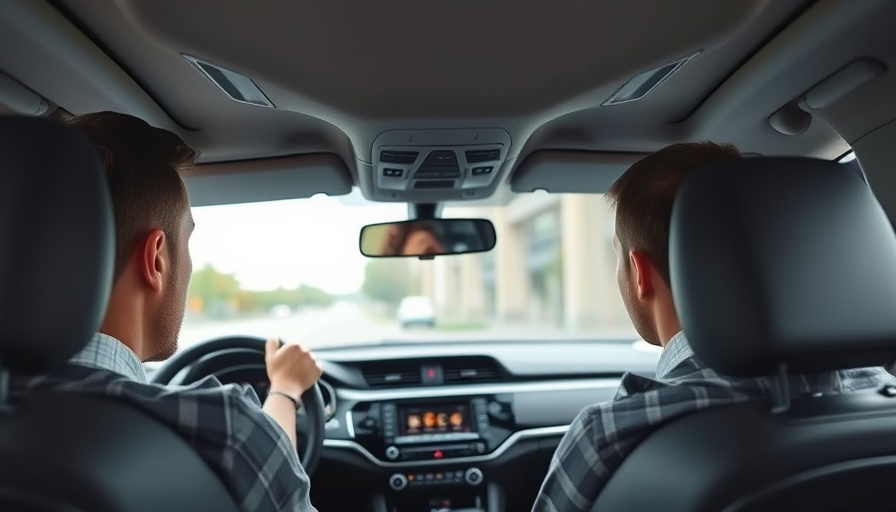
Challenges of Modern Infotainment Systems
The world of automotive technology is rapidly changing, but as cars become increasingly sophisticated, drivers are facing a new array of frustrations, particularly with infotainment systems. The J.D. Power 2025 U.S. Initial Quality Study sheds light on these challenges, revealing that while the number of issues with new vehicles has seen slight improvements, problems related to touchscreen controls remain a significant concern for many drivers.
Why Touchscreen Controls Drive Drivers Crazy
Drivers are finding that larger touchscreens, while visually appealing, can complicate rather than simplify their experience behind the wheel. Frank Hanley from J.D. Power highlights a critical concern: key functions such as adjusting climate controls or managing garage door openers now require navigating through multiple screens. This trend leads to distractions, which can be dangerous while driving.
Physical Controls vs. Touchscreen Functions
This dilemma begs the question: Are digital controls really the way forward? As vehicle designs trend toward minimalism, it may be time for manufacturers to consider incorporating more physical buttons alongside touchscreens. These tactile controls could significantly enhance user experience by making it quicker and safer to operate essential functions without diverting attention from the road.
Infotainment Issues in the Bigger Picture
The infotainment system isn't the only area where vehicle quality is challenged; premium brands have reported more defects than mass-market vehicles, a startling shift as luxury cars traditionally aimed for top-notch performance and reliability. Newly released models are also proving to be problematic, suggesting a need for more rigorous testing protocols in the industry.
Practical Insights into Auto Maintenance
As driving technology evolves, it becomes increasingly important for car owners to stay informed about their vehicles' systems, especially for maintenance issues. Understanding common malfunctions in infotainment systems can prepare owners for troubleshooting or seeking professional auto repair services when necessary.
In summary, the increasing trend of relying heavily on touchscreens for vehicle functionalities is testing the limits of driver patience and safety. Manufacturers must reevaluate their approach to infotainment technology, balancing modern aesthetics with usability. Keeping some physical controls could alleviate many of today's driver frustrations. As technology continues to advance, so must the way we interact with our vehicles.
 Add Row
Add Row  Add
Add 




Write A Comment